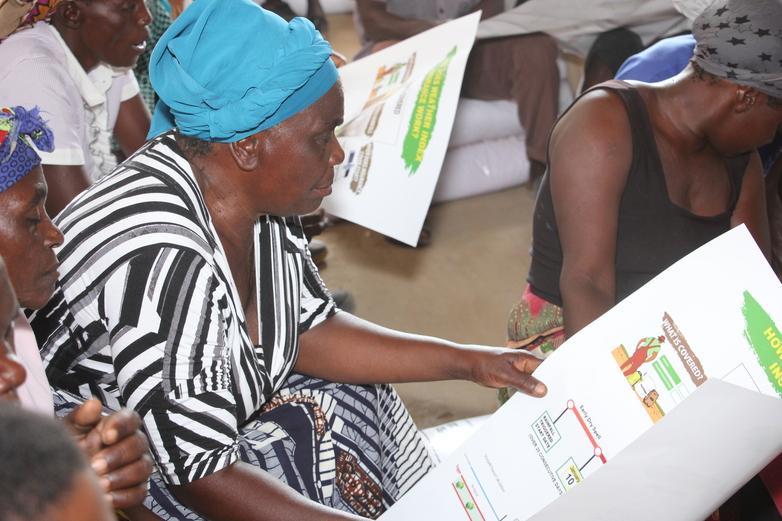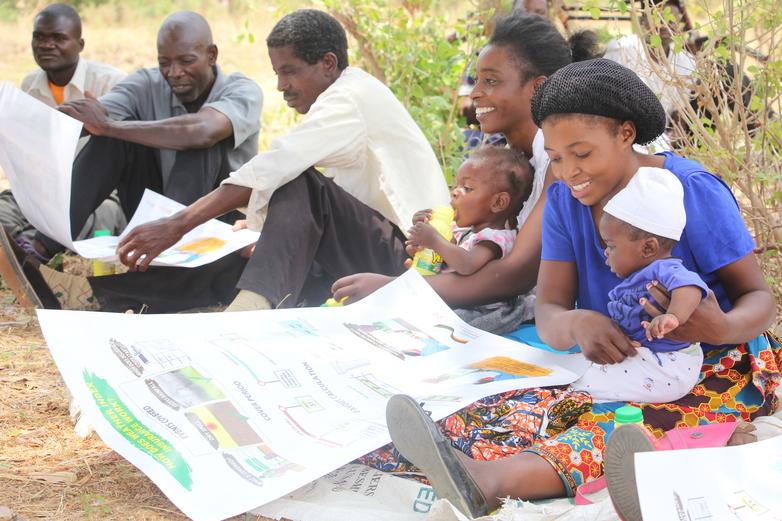Context
Extreme weather events such as drought and heavy rainfall threaten the livelihoods of many people in Zambia. Every year, around 11 per cent of the population is affected by drought. Estimates indicate that this figure will rise to 25 per cent by 2050.
Although more than half of all Zambians are dependent on farming, the sector only accounts for six per cent of gross domestic product (GDP). While economic growth is strong in some parts of the country, it does not extend to rural areas, where the poverty rate is three times higher than in the cities. Small farmers are especially affected by climate risks, given that they have little access to capital, financial services and weather information.
Climate risk insurance helps to hedge against risks in agricultural production, but it is not widespread in Zambia. In addition to a lack of insurance products, there is also insufficient knowledge and limited demand for these services. The low uptake of climate risk insurance and poor dissemination of information on climate risk is a result of shortcomings on the supply and demand side.
In Zambia, climate risk insurance has so far largely been provided via the Farmer Input Support Programme (FISP), which can only be accessed through a state-subsidised programme for agricultural actors. Private sector business models for climate risk insurance have mainly covered the cotton industry. Although climate risk information, such as weather forecasts, is prepared and disseminated in the country, it largely fails to reach people working in the agricultural sector.
So far, small farmers have shown limited demand from for agricultural and weather insurance, as they are often unfamiliar with such products. Other types of insurance are not widely used, either. Moreover, smallholder households often lack the financial resources needed to pay insurance premiums, especially before the start of a new agricultural season.
Objective
Agricultural actors have better access to private-sector climate risk insurance and information on climate risk.


